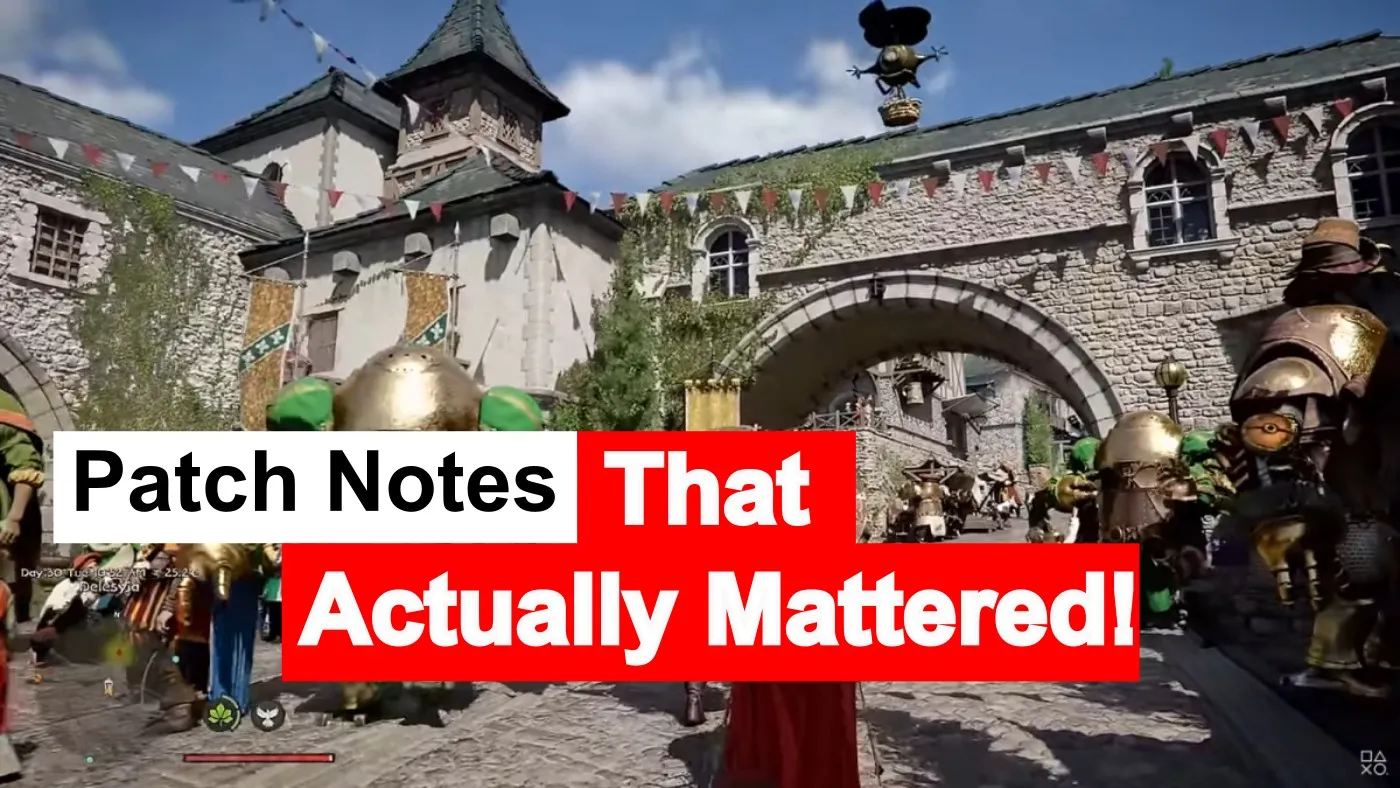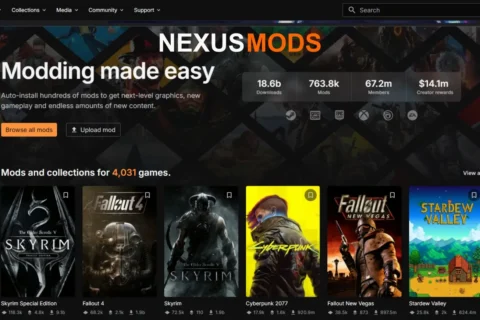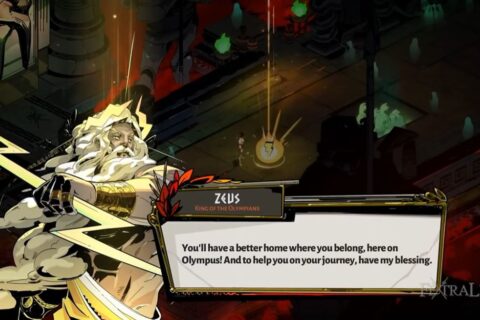Part of our Gaming Patches and Update Breakdowns collection.
Live-service games spent years apologizing for being broken, bloated, or just plain boring. But 2025 was different. Instead of promising the moon, studios quietly fixed what players actually cared about. Looking at Best Live Service Game UpdatesFrom Diablo IV’s Season 9 rebalance to Fortnite’s creative overhaul, this was the year live-service stopped chasing engagement charts and started earning respect again.
The Year Live-Service Games Finally Grew Up
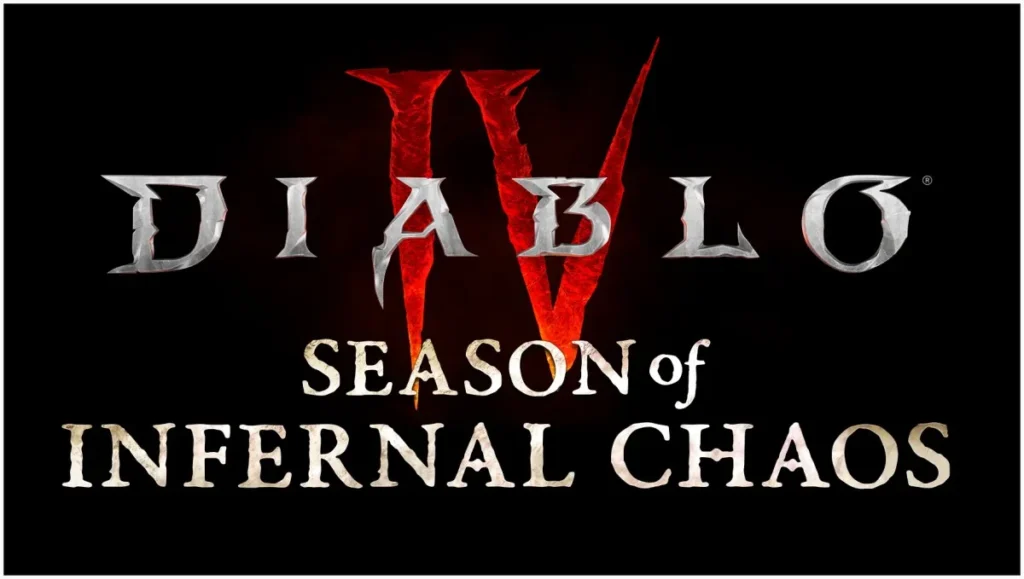
For the first time in years, developers dialed back on battle passes and psychological loops and focused on something wild, fun. They stopped dangling cosmetic carrots and started patching the stuff that actually made their games enjoyable again. Players noticed, too Queue times dropped, forums cooled off, and people started playing instead of complaining. Games like Diablo IV, Red Dead Online, and even Fragpunk proved that fixing the fundamentals can bring players back faster than any shiny crossover skin ever could.
Trend 1: Redemption Through Balance

Nothing kills a live-service game faster than imbalance. Diablo IV’s Season 9 patch proved Blizzard finally gets it. The update boosted underused builds, trimmed absurd grinds, and delivered buffs that felt like actual rewards instead of math homework. It wasn’t flashy, but it made players say, “Okay, maybe one more run.”
Over in Fragpunk, Season 2 Chapter 2 was a lesson in restraint. The chaos-heavy shooter got smarter, tighter, and faster, balancing randomness with strategy. The patch didn’t change what Fragpunk is; it just made it make sense. And that’s a rare win in the live-service world.
Trend 2: Resurrections and Relevance

Some games came back from the grave, literally. Red Dead Online’s Undead Missions update gave players a reason to saddle up again, mixing eerie questlines with proper rewards. It’s the most life that game has shown in years, and it proves Rockstar can still deliver when they actually care to update something.
Battlefield 2042 had its moment too. After clawing its way out of disaster with several great patches, it slowly drifted back into mediocrity. The latest updates remind us that a live-service revival can vanish just as fast as it appears. You can fix a UI, but you can’t patch excitement.
Trend 3: Tech and Trust Issues

As live-service games matured, so did the tech that runs them, for better and worse. Battlefield 6’s Javelin Anti-Cheat system became the year’s biggest debate. It promised stronger protection but raised red flags about player privacy and constant monitoring. Players want fair play, not spyware, and this tug-of-war defines the next phase of online gaming.
Meanwhile, Epic quietly improved Fortnite’s backend and matchmaking, proving you can evolve your infrastructure without setting off alarms. Transparency is the new cheat detector, and the studios that get that are winning the long game.
Trend 4: Seasonal Design That Doesn’t Suck
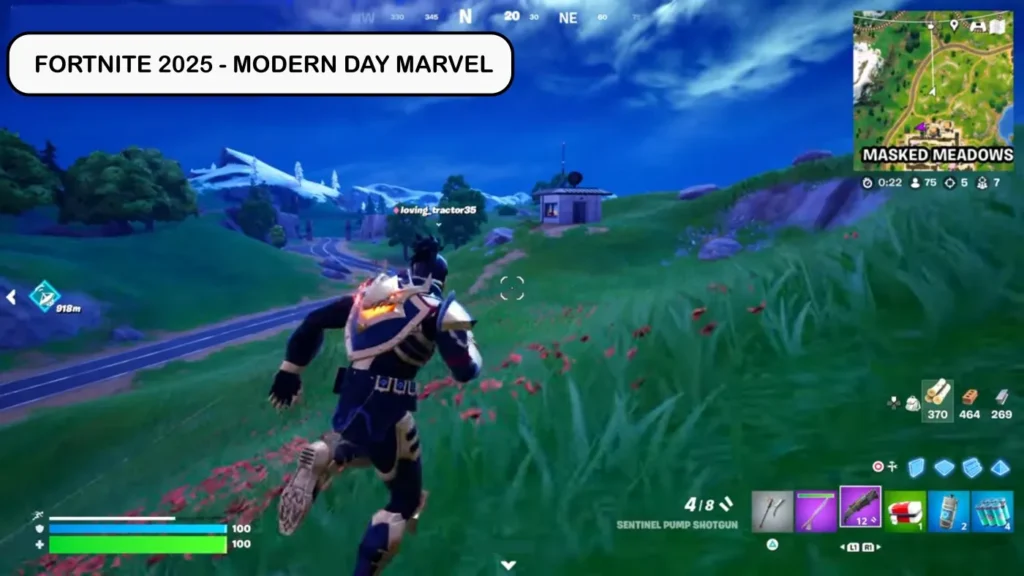
Seasonal fatigue used to be a death sentence. But 2025’s best updates learned pacing, and that changed everything. Instead of sprinting from event to event, games started treating seasons like arcs, moments to breathe, not panic. Battle passes stretched longer, rewards stopped feeling manipulative, and players finally had room to log off without FOMO eating at them.
Fortnite and Diablo IV both slowed down just enough to make their content feel like a treat instead of a chore. It’s a subtle shift, but one that shows developers are finally learning from burnout, theirs, ours, and the genre’s as a whole.
The Ones Still Stuck in 2020
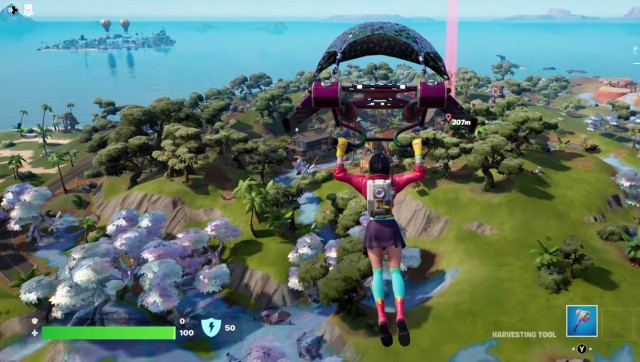
Of course, not everyone got the memo. Destiny 2 limped through post–Final Shape burnout, with balance tweaks that felt more like damage control than innovation. Players hit endgame walls faster than ever, and even hardcore raiders started asking why they were still grinding the same old content. Overwatch 2 isn’t far behind, still torn between being a live-service shooter and a nostalgia machine that can’t commit to either.
These games show just how fragile live-service success really is, one uninspired season, one bad balance pass, and the crowd moves on. The difference in 2025 is that players aren’t waiting for miracles anymore. They’re uninstalling faster than ever, and this time, they’re not coming back.
The Future of Forever Games
If 2025 proved anything, it’s that live-service can work, when it respects players’ time. The magic formula wasn’t a secret update or a massive expansion; it was studios finally remembering that players want stability, not spectacle. Balance patches, honest communication, and fewer gimmicks did more for retention than any celebrity crossover ever could. The live-service genre isn’t dead, it just had to shut up for a bit, fix the foundations, and earn back trust the old-fashioned way, through updates that actually matter.
Want the details? Check out the specific updates that made headlines this year below.
Related Live-Service Updates on BuiltToFrag
Diablo IV Season 9 fixed more than loot tables — it finally rewarded build diversity.Red Dead Online’s Undead Update 2025 gave the game its liveliest missions in years.Fragpunk Season 2 Chapter 2 quietly rebalanced chaos with some much-needed structure.Battlefield 2042’s latest patch proves fixes don’t always equal fun.Battlefield 6’s Javelin Anti-Cheat raises serious privacy questions for PC players.
Live-service games finally feel like they’re learning what single-player titles have known for decades — quality wins. 2025 wasn’t about new battle passes or celebrity cameos, it was about developers finally respecting the grind instead of abusing it. If the trend holds, 2026 could be the first year where “live-service” stops being a dirty word.
If you’ve been waiting for a reason to reinstall your favorite online grind-fest, now’s the time. Check out our deep dives on each major update below, drop a comment on which game actually earned your time this year, and stay tuned to BuiltToFrag for the next batch of patches that might finally get it right.


